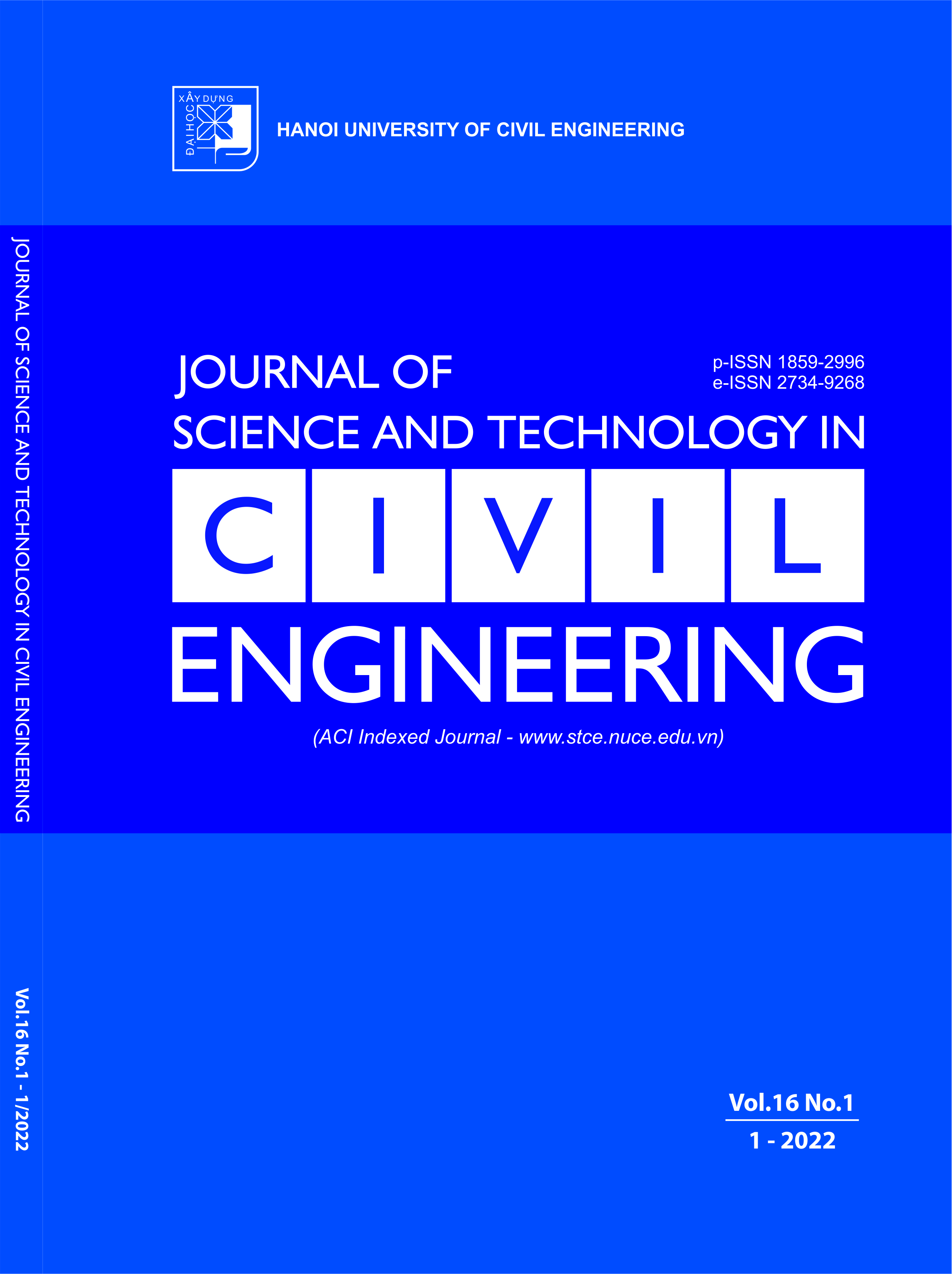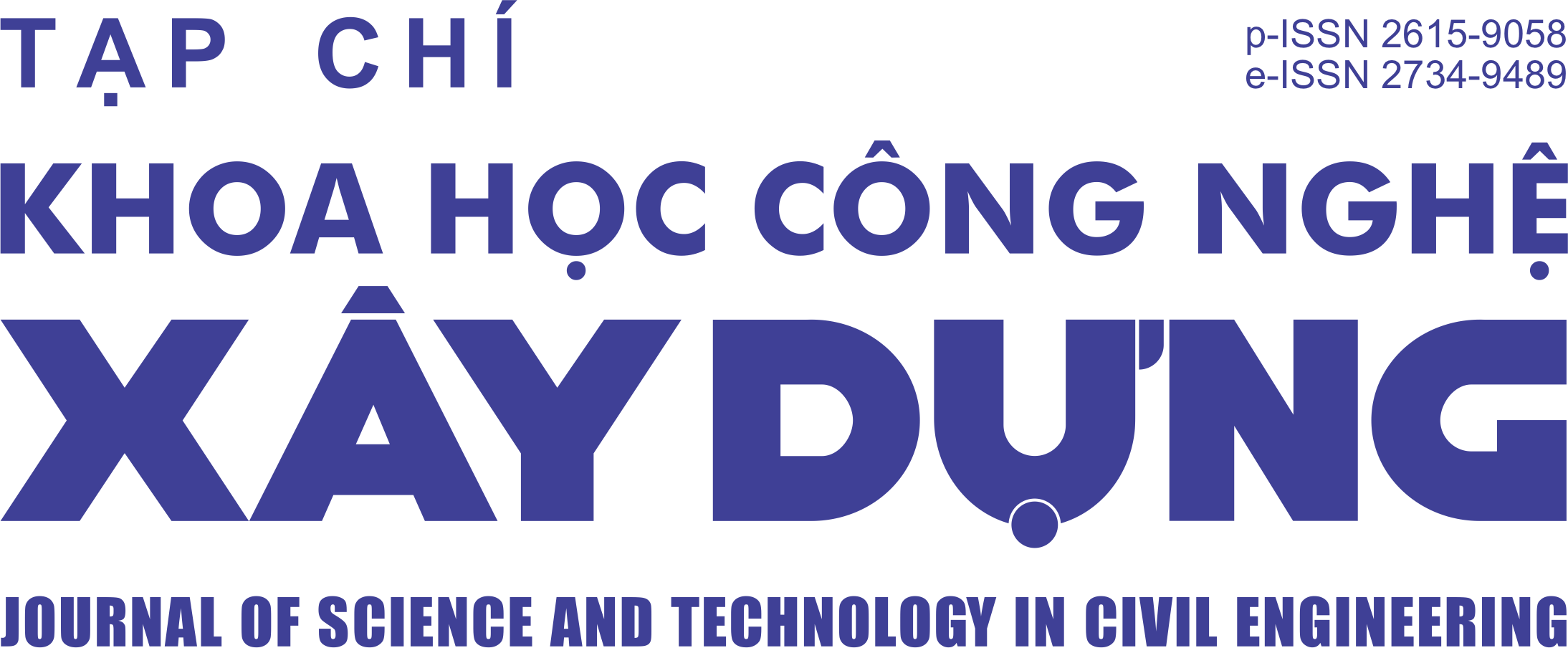Numerical scheme for transient seepage analysis under unsaturated conditions
Abstract
Unsaturated soil behaviors characterize the failure mechanisms of geotechnical infrastructures with transient seepage conditions. Therefore, an accurate estimate of the unsaturated groundwater flow is vital in improving hazard management and assessment. This study attempts to develop a numerical scheme for 2-D transient analysis under unsaturated conditions. First, the unsaturated groundwater flow was described using the mass conservation law. Then, the Finite Difference Method and Backward Euler approximation were applied for space and time discretization, respectively. Furthermore, the simple Picard iteration was applied to linearize the governing equation. The reliability of the presented method was verified with the analytical solution. The evaluation results demonstrated the sufficiency of the proposed method, quantitatively expressed by the maximum error of 0.04% for opened boundary conditions and 0.15% for closed boundary conditions. The significant advantage of the proposed method is the flexibility with various soil-water characteristic curve models and associated hydraulic conductivity functions, which helps to improve the applicability in practice.
Downloads
Copyright (c) 2022 Hanoi University of Civil Engineering

This work is licensed under a Creative Commons Attribution-NonCommercial-NoDerivatives 4.0 International License.
1. The Author assigns all copyright in and to the article (the Work) to the Journal of Science and Technology in Civil Engineering (JSTCE) – Hanoi University of Civil Engineering (HUCE), including the right to publish, republish, transmit, sell and distribute the Work in whole or in part in electronic and print editions of the Journal, in all media of expression now known or later developed.
2. By this assignment of copyright to the JSTCE, reproduction, posting, transmission, distribution or other use of the Work in whole or in part in any medium by the Author requires a full citation to the Journal, suitable in form and content as follows: title of article, authors’ names, journal title, volume, issue, year, copyright owner as specified in the Journal, DOI number. Links to the final article published on the website of the Journal are encouraged.
3. The Author and the company/employer agree that any and all copies of the final published version of the Work or any part thereof distributed or posted by them in print or electronic format as permitted herein will include the notice of copyright as stipulated in the Journal and a full citation to the Journal as published on the website.







